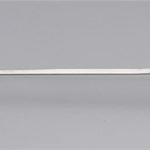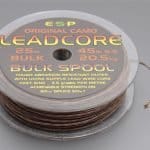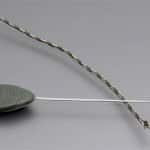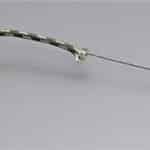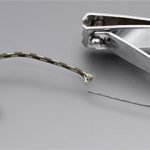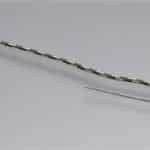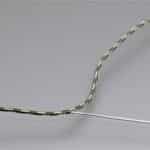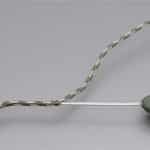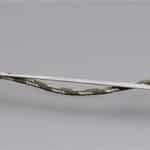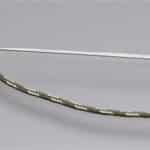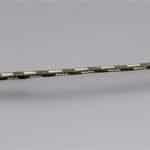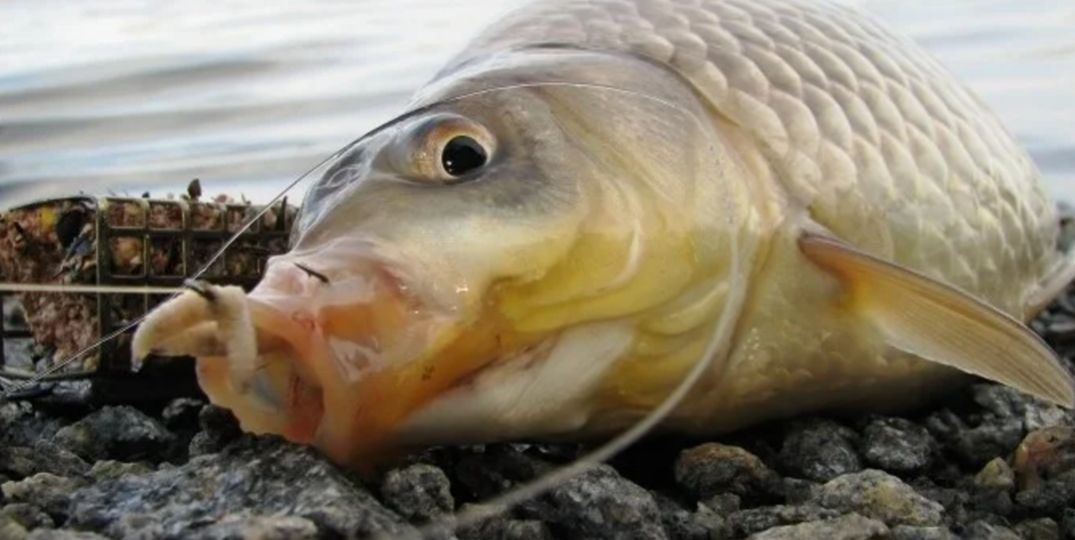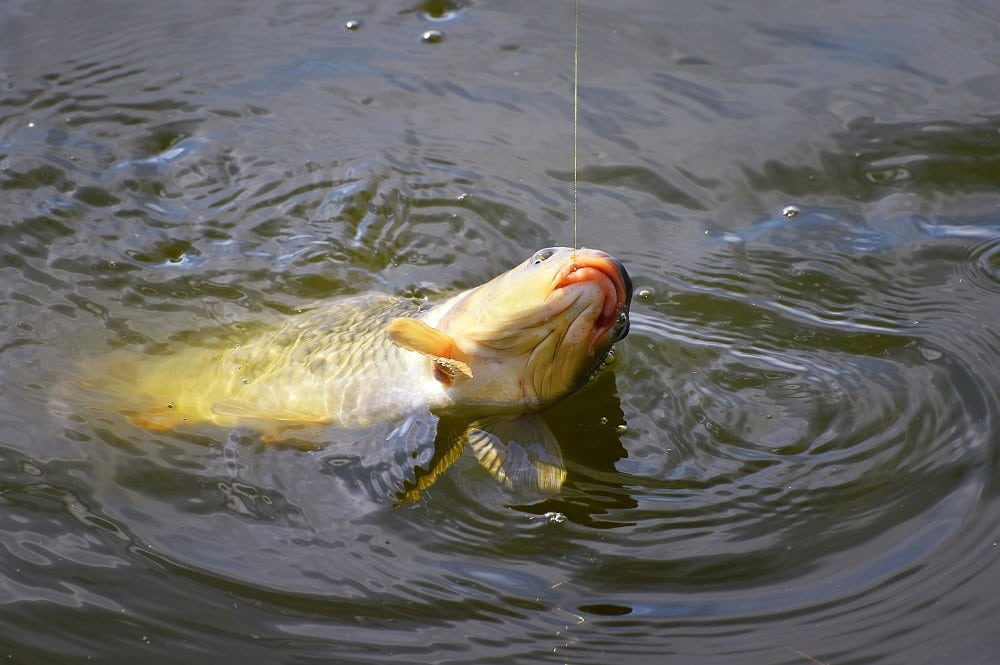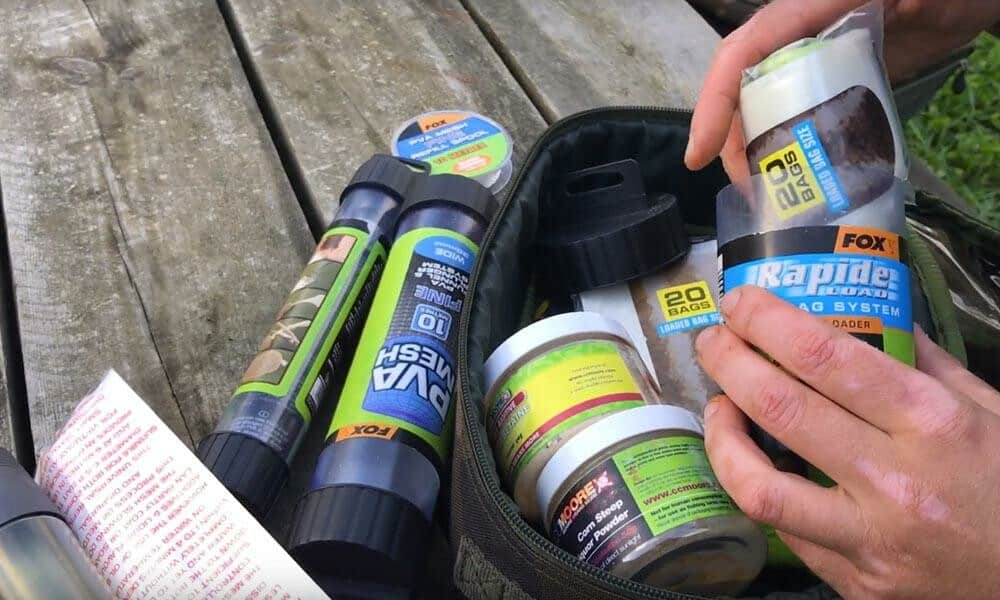Carp fishing has been a separate direction in fishing for a long time. This is due to the peculiarities of the carp itself – a large, very strong and at the same time careful fish needs a separate approach to fishing and to the choice of rigs. In
carp fishing, a lot of attention is paid to both the strength of the tackle and the safety of the fish. Beginners are often intimidated by the expensive price of ready-made rigs, so beginners should know how to knit a lead core.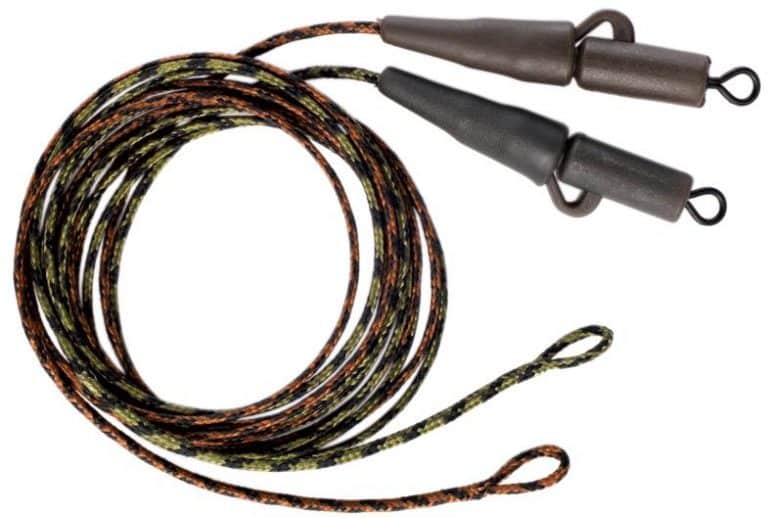
What is leadcore and why is it needed
Leadcore itself is a braided cord with a lead core. Why do you need a lead core for fishing:
- Fish safety . In the concept of carp fishing, the carp is released back into the pond after being caught. But during fishing, even an ordinary fishing line can sometimes very badly injure the fish. Leadcore in a rig allows you to avoid this – thick lead in a soft cord is much safer from this point of view.
- Stealth . The weighty leadcore has a camouflage, which makes it almost invisible at the bottom, while it sinks under its own weight, taking with it a couple of meters of the main line. The carp is cautious, and the thick line near the bait scares the fish away.
- Abrasion resistant . The bottom, covered with a stone or shell, is not uncommon on carp reservoirs. It is in this case that the fishing leadcore will be able to protect the main line from the breakage.
- Use as an anti-twist . Due to the rigidity of the lead wire, the lead core does not allow the tackle to get tangled either when casting or when lowering the tackle to the bottom of the pond. When using it, it is possible not to install silicone tubes as an anti-twist, the use of which is sometimes not very convenient.
- Reliability . In many fishermen, when fishing for carp, there were cases when the fish sawed through the main line with their fins. Rigid wire and cord will not allow a large specimen to go away like that.
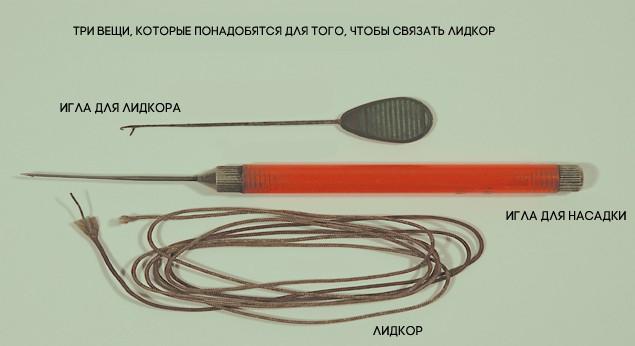
Leadcore requirements
The lead core must be soft and elastic, but at the same time quite thick so that the entire rig is provided with proper strength. The synthetic cord should not be very slippery, otherwise it will be necessary to glue the loops during installation. If you buy a high-quality leadcore for fishing, then the loops will hold well without any additional manipulations. If possible, the color of the protective cord must match the color of the bottom of the reservoir. On muddy places, it is advisable to install a brown leadcore, places overgrown with algae require the use of green cords.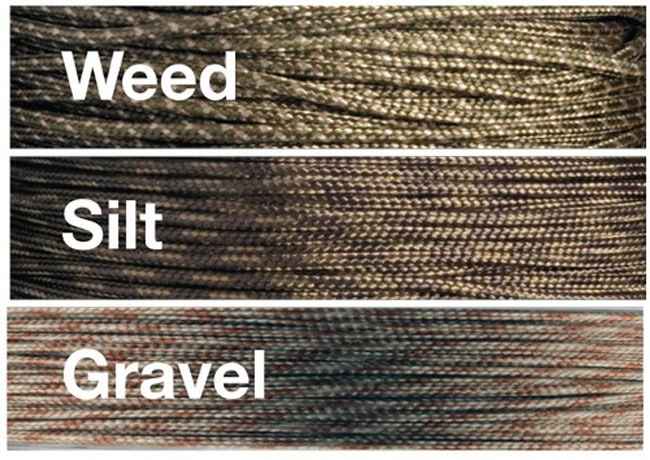
Purchased or DIY – what to choose?
You can buy leadcore with a loop at fishing shops. This piece of tackle is sold either packed from the factory, or knitted directly in the store. The latter option will give an opportunity to get acquainted with the use of a leadcore for beginners, but professional carp fishing rarely purchase already imposed products for a number of reasons:
- factory cords are usually made of the same size, about 30-50 cm, and in certain situations this element is needed much longer, in which case it will be necessary to make it yourself;
- during their production, they can save money by using poor quality materials.
Also, one of the reasons why experienced carp anglers knit this tackle on their own is that it is not always possible to choose the required color of ready-made cords. As a rule, they are made in several color options (so to speak – for beginners). But for athletes, carp companies are simply inappropriate to produce appropriate products (trendy colors for certain fishing conditions). Therefore, professional carp anglers prefer to do this part of the tackle with their own hands. Leadcore can be bought in a reel of 25 meters, or they are sold in larger reels, when you can buy 2-3 meters, and, accordingly, it will be quite inexpensive to make a leadcore yourself, you can buy 1 meter of the simplest cord and practice.
You also need to remember that you can buy a lead core without a core or with lead wire. Both do an excellent job with the main task. But the first option is much more expensive, so it is rarely used.

Popular manufacturers
To date, it is simply impossible to describe all the manufacturers of this tooling element, since the number of manufacturers is increasing daily. But there are the most popular and time-tested companies that make carp rigs and leadcore, including:
- Fox – is the world leader in the manufacture of both leadcore and carp rigs in general;
- Korda is a UK-based manufacturer that also does not need an introduction, since together with Fox it produces high quality leadcore and carp rigs;
- Solar – high quality lead cores, while products are made from tungsten wire
- Kryston – affordable cost and excellent quality, today manufactures consumables at its own factory in Germany;
- ESP – a company from the UK that manufactures carp rigs, has an affordable cost;
- PB Products – high-quality lead cores, which are equipped with a needle for knitting loops, at an affordable cost;
- Climax is a company from Germany that specializes in the production of lead materials and lead corners, quite low cost with good quality. But making a leadcore based on Climax material is a little more difficult, unlike other manufacturers;
- Gardner is a UK manufacturer that has long proven itself as a proven carp fishing rig manufacturer.
Do-it-yourself knitting of leadcore loops
There is nothing very complicated in knitting loops with your own hands. However, some additional equipment and fixtures will be required. This is a gripping lead core needle to start with, and glue will probably be needed as well.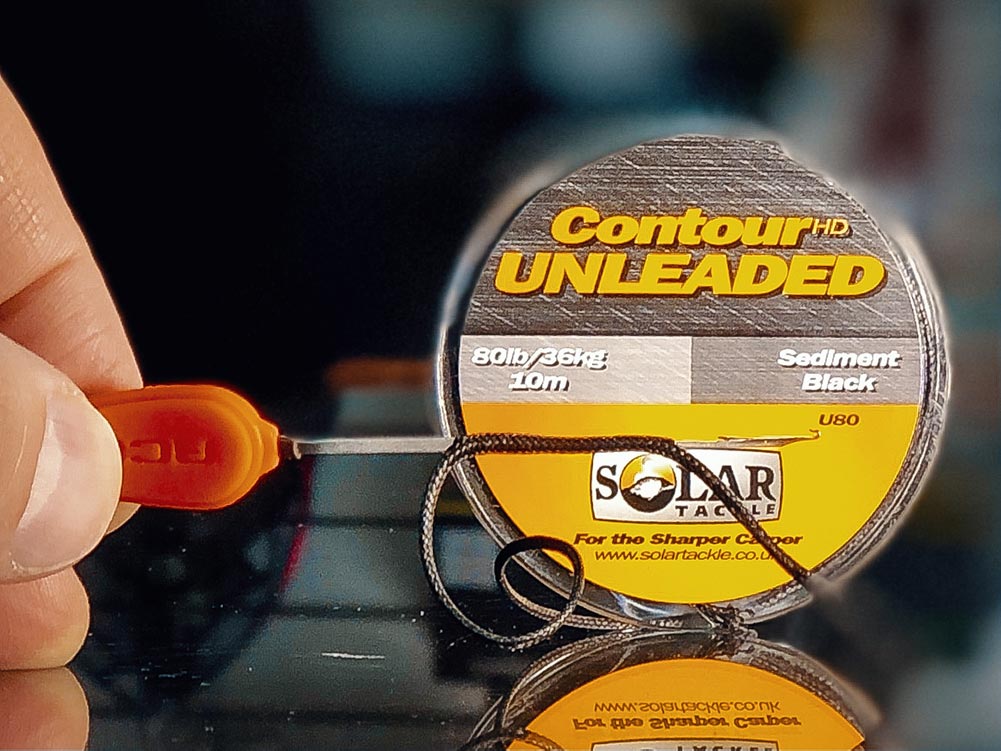
Note: Sometimes a boilie needle is used, but often it is much thicker. Therefore, it makes sense to purchase a special device for knitting a leadcore.
Before knitting a lead core with a core, you need to make a double fold on the lead, it must be located at a distance of about 15 cm from the end of the lead core. Next, carefully move the soft cord from the end to the bend, so the wire is exposed. The lead is bite off with pliers, then the cord is pulled out and the piece of lead core is flattened. How to knit a leadcore with a core – step-by-step photo instruction:

